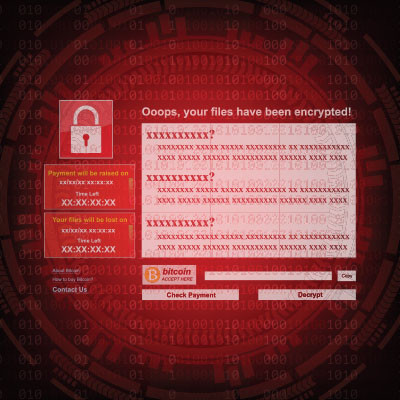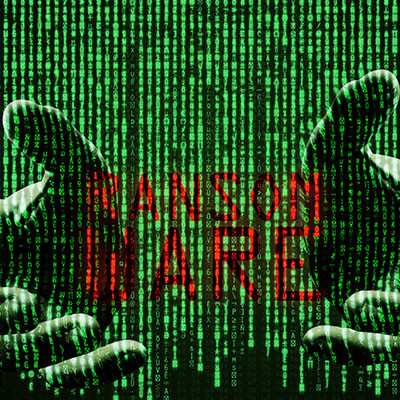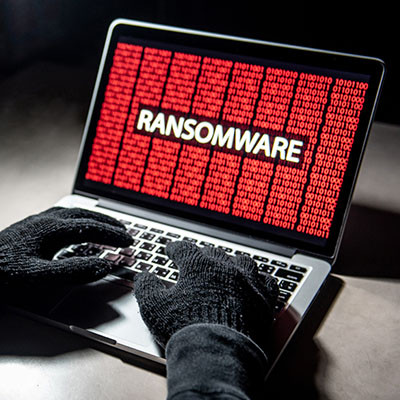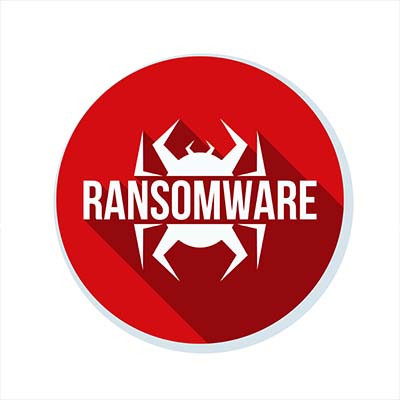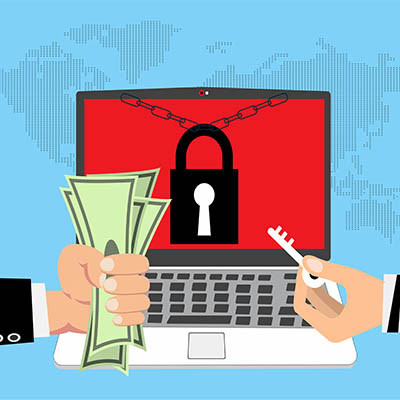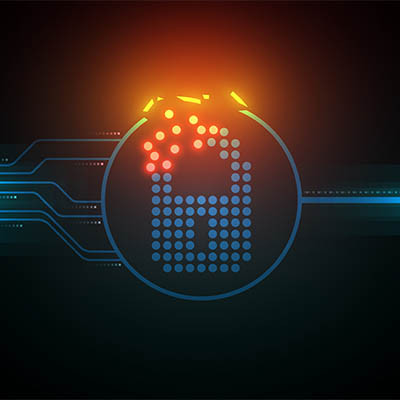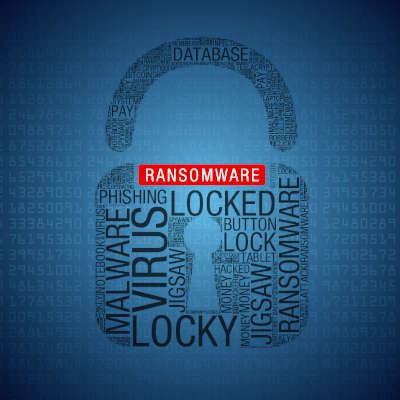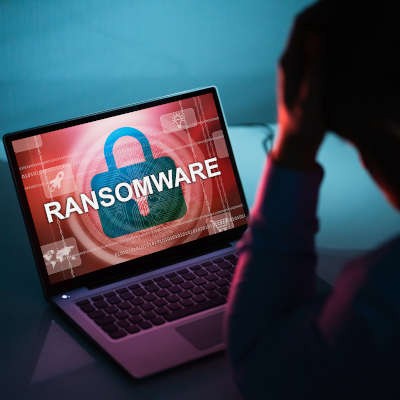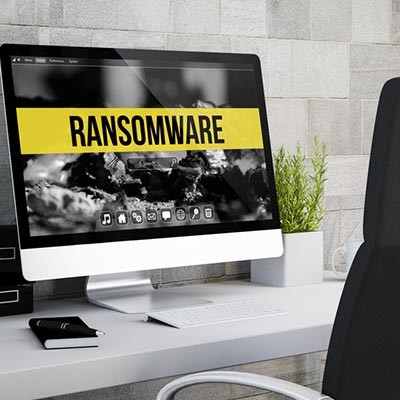JS Business Solutions Blog
Ransomware is a real problem; I mean, a real problem. Not only does it create serious problems for any organization that is victimized by it, it is about to be a completely pervasive problem for everyone. It is extremely important for your organization to take the threat of ransomware seriously by implementing a strategy to keep it from being an issue. Today, we offer a three-pronged approach to doing just that.
Cybercriminals aren’t looking to play fair against businesses. They don’t care how big or small you are, they don’t care about what services you provide, or what good you offer for the community. You could be a children’s hospital or a single mother selling homemade mittens out of your dining room, you could be a school, an assisted living facility, or a Fortune 500. Either way, your organization is an equally viable target for cybercriminals.
You can’t check the news without seeing the word “ransomware” plastered across the screen. It’s a major threat for businesses in just about any industry and of any size. In order to keep your business safe both now and into the future, you’ll have to implement adequate security measures that can put a stop to these types of threats. Of course, it’s easier said than done, especially when certain data is more likely to be targeted than others.
Ransomware is a top threat, and it’s definitely not going anywhere anytime soon. To help you best combat it, let’s take a look at what you can do to keep ransomware from disrupting your organization and its operations. We’ll provide a brief overview of what ransomware is and what you can do to take the fight to it.
If you look at all of the security-related headlines from the past year, what do you think the biggest trend is? Perhaps it was the plethora of large-scale ransomware campaigns that struck both individuals and businesses in spades. Even now, ransomware continues to make headlines by changing its tactics, with one of the more recent ones being in regards to fake ransomware.
Despite most security professionals advocating against making ransomware payments, according to a study by Mimecast titled “The State of Ransomware Readiness,” the United States has the highest average payment for ransomware out of the entire world at more than $6 million per victim. This number is shockingly high, as is the amount of people who are still paying the ransom.
A new ransomware attack has surfaced, this time mostly targeting IT companies and their clients. The attack is specifically targeting the Kaseya platform. Kaseya is management software that many IT companies use to remotely manage and support technology. The attack in question attacked Kaseya’s supply chain through a vulnerability in its VSA software; this attack is notable because of how it targeted the supply chain, not only striking at the vendor’s clients—notably IT companies—but also their customers. Basically, this attack had a trickle-down effect that is causing widespread chaos for a massive number of businesses.
Ransomware has taken over the security industry, as we are sure you have seen from the endless headlines associated with it. All business owners must remain cognizant of the dangers that ransomware represents. A new study has found that organizations infected by ransomware that wind up paying the ransom are not necessarily better off--in fact, paying the ransom could have disastrous consequences.
During this time of year, many people like to sit back and reminisce upon favorite stories from the past. We figured we’d join in the fun by reimagining what many argue to be a holiday classic: Die Hard.
Let’s take a few moments to consider how the story might play out if the action were to take place today…
We haven’t exactly been shy about sharing our recommendation that a ransomware demand should never be met with payment, but there is now an even more impactful reason not to. This deterrent comes courtesy of the United States Treasury Department, which has released a statement informing businesses of potential fines as retribution for doing so.
Ransomware has become infamous in the past few years, largely due to its involvement in a growing number of cyberattacks during this time. Of course, not all ransomware works in the same way, and recognizing the difference could prove to be useful. Therefore, we’ve taken a few moments and assembled a brief description of the four most common ransomware varieties.
Florida’s Atlantic coast is a destination for millions of visitors each year. One visitor is costing a coastal city a pretty penny. Riviera Beach, a small city just north of West Palm Beach, has been hit with a major ransomware attack. Today, we’ll tell you how it came to be that the small beach city would make dubious history by paying what is the largest ransomware payout in the short history of these attacks.



